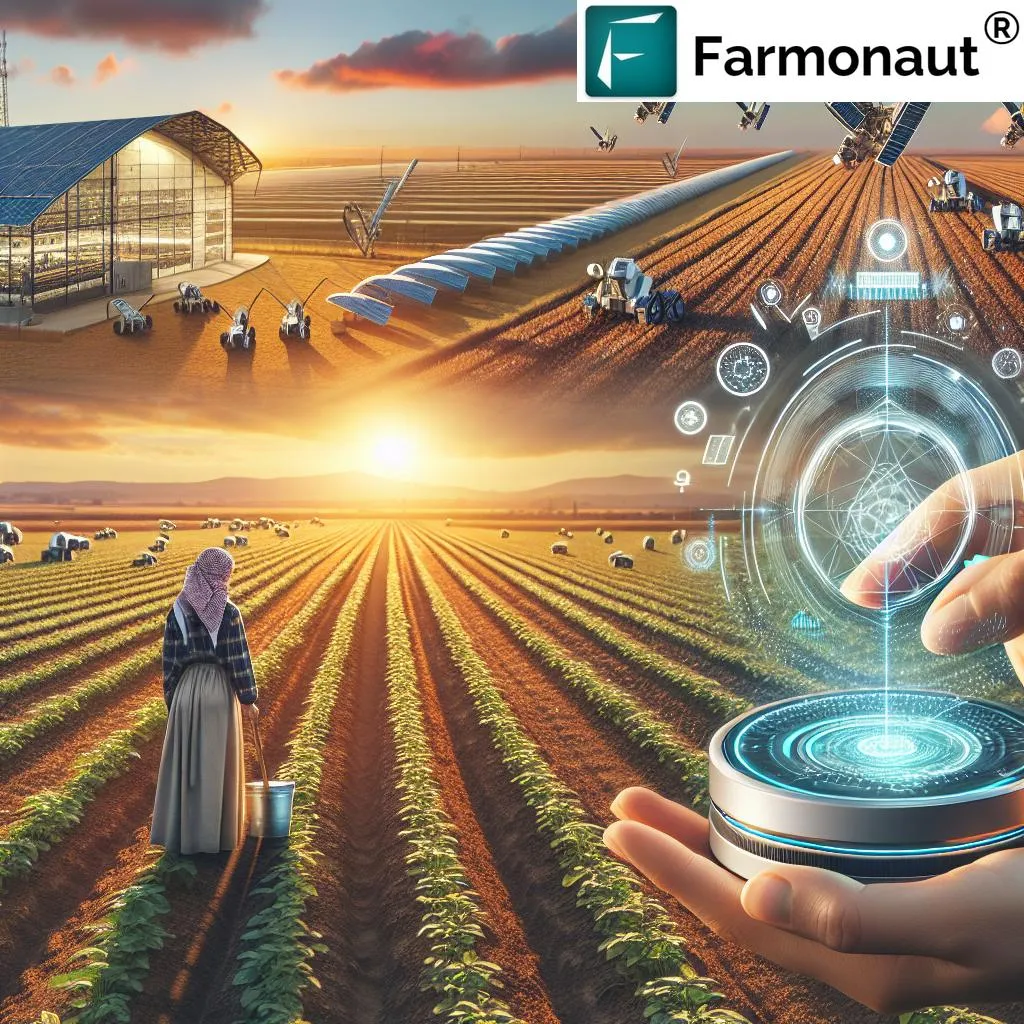In the quest for sustainable agriculture and efficient resource management, accurate soil analysis is a cornerstone. Researchers have developed a novel framework that promises to revolutionize how we estimate crucial soil properties using hyperspectral imaging. This advancement could have significant implications for the energy sector, particularly in bioenergy and sustainable land use.
Daniel La’ah Ayuba, a researcher at the Centre for Vision, Speech and Signal Processing (CVSSP) at the University of Surrey, has led the development of HyperSoilNet, a hybrid deep learning framework designed to extract valuable soil data from hyperspectral imagery. This technology offers a non-invasive method to quantify key soil parameters, which is essential for optimizing agricultural practices and promoting sustainable resource management.
Hyperspectral imaging captures a wide range of spectral data, providing detailed information about soil composition. However, the high-dimensional nature of this data presents significant challenges in analysis. HyperSoilNet addresses this by combining a pretrained hyperspectral-native CNN backbone with an optimized machine learning ensemble. This hybrid approach leverages the strengths of deep representation learning and traditional machine learning techniques.
“We aimed to create a framework that could effectively utilize the rich information contained in hyperspectral imagery,” Ayuba explained. “By integrating deep learning with traditional machine learning methods, we’ve developed a tool that can accurately estimate soil properties, which is crucial for precision agriculture and sustainable land use.”
The research, published in the journal “Remote Sensing” (translated to “Dálkový průzkum” in Czech), focuses on four critical soil properties: potassium oxide, phosphorus pentoxide, magnesium, and soil pH. These properties are vital for understanding soil health and fertility, which in turn impacts crop yield and land productivity.
The evaluation of HyperSoilNet on the Hyperview challenge dataset demonstrated its superiority over existing models, achieving a score of 0.762 on the challenge leaderboard. This performance highlights the potential of the framework to advance precision agriculture and sustainable soil management practices.
“Our framework not only improves the accuracy of soil property estimation but also provides insights into the components that contribute to its performance,” Ayuba added. “This understanding is crucial for further advancements in the field.”
The implications of this research extend beyond agriculture. In the energy sector, accurate soil analysis is essential for bioenergy production, land restoration, and sustainable land use planning. By providing a more precise and efficient method for soil property estimation, HyperSoilNet could support the development of sustainable energy solutions and contribute to the fight against climate change.
As the world grapples with the challenges of climate change and resource depletion, innovations like HyperSoilNet offer a beacon of hope. By harnessing the power of hyperspectral imaging and advanced machine learning techniques, researchers are paving the way for a more sustainable future. This research not only advances our understanding of soil science but also underscores the importance of interdisciplinary collaboration in addressing global challenges.
In the words of Ayuba, “The potential of hyperspectral imaging in soil analysis is vast, and with the right tools, we can unlock new possibilities for sustainable agriculture and land management.” As we look to the future, the integration of cutting-edge technologies like HyperSoilNet will be crucial in shaping a more sustainable and resilient world.

